What Foods Are Canada Famous For? Discover iconic Canadian dishes, from poutine to Nanaimo bars, in this culinary exploration brought to you by FOODS.EDU.VN. Uncover the rich history and diverse flavors of Canadian cuisine, and get ready to plan your delicious adventure. Explore classic Canadian cuisine, local delicacies and national treasures with FOODS.EDU.VN!
1. Introduction: Canada’s Culinary Landscape
Canada’s food scene is as diverse and breathtaking as its landscapes. From the rugged coastlines of the Atlantic to the fertile prairies of the heartland, each region boasts unique culinary traditions influenced by Indigenous heritage, European settlers, and waves of immigration. At FOODS.EDU.VN, we’re passionate about exploring these culinary stories and sharing them with you. We invite you to discover poutine perfection, maple syrup magic, and beyond. You’ll find something to satisfy every palate on your Canadian culinary adventure.
2. Poutine: Canada’s National Dish
Poutine is arguably the most iconic Canadian food, a delicious and comforting mess of French fries, cheese curds, and gravy. This seemingly simple dish has captured hearts and taste buds around the world.
- What It Is: Crispy French fries topped with fresh cheese curds and smothered in hot gravy. The key is the squeaky cheese curds that melt slightly into the gravy.
- Origins: Born in rural Quebec in the late 1950s, poutine’s origins are debated, but most agree it emerged as a roadside snack.
- Evolution: From humble beginnings, poutine has evolved into a gourmet delight. You can now find it with various toppings such as pulled pork, smoked meat, lobster, and even foie gras.
- Where to Find It: Poutine is available across Canada, from fast-food chains to upscale restaurants. For an authentic experience, head to Quebec and sample the original.
Poutine Variations Across Canada
| Region | Variation | Description |
|---|---|---|
| Quebec | Classic Poutine | The original with fries, cheese curds, and gravy. |
| Montreal | Smoked Meat Poutine | Topped with Montreal smoked meat. |
| Vancouver | Pulled Pork Poutine | Topped with slow-cooked pulled pork. |
| Atlantic Canada | Lobster Poutine | Features fresh lobster meat and often a creamy seafood-infused gravy. |
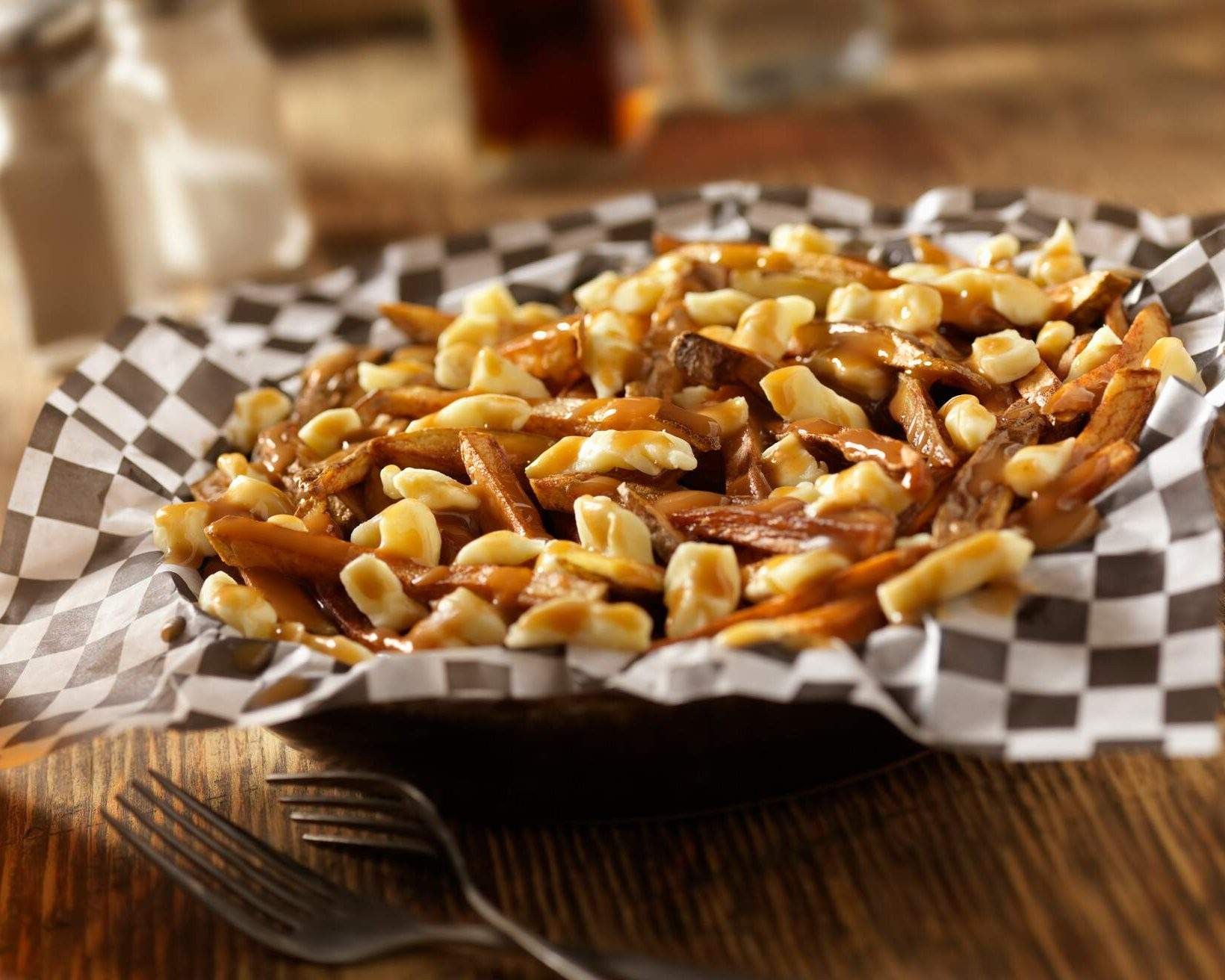

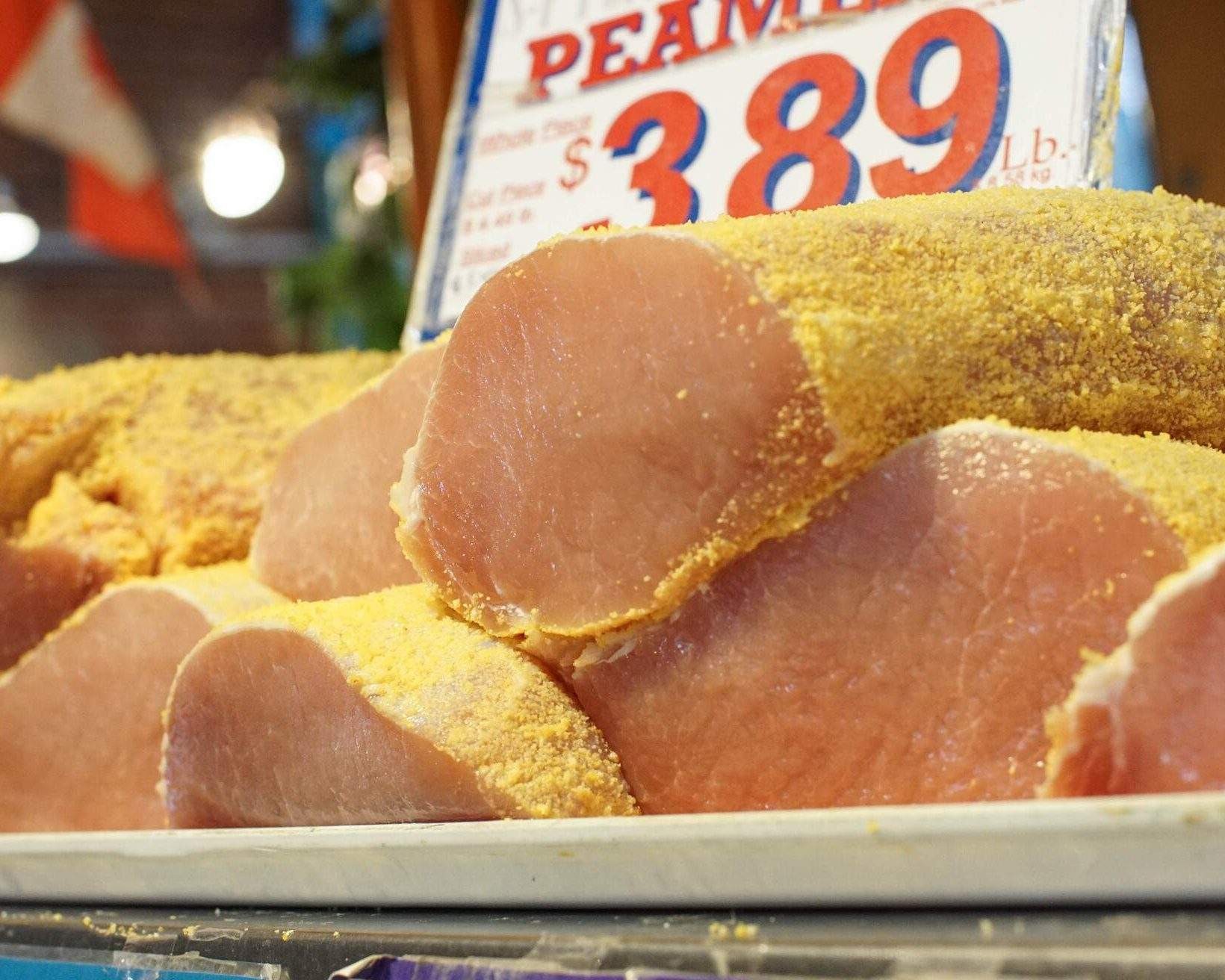
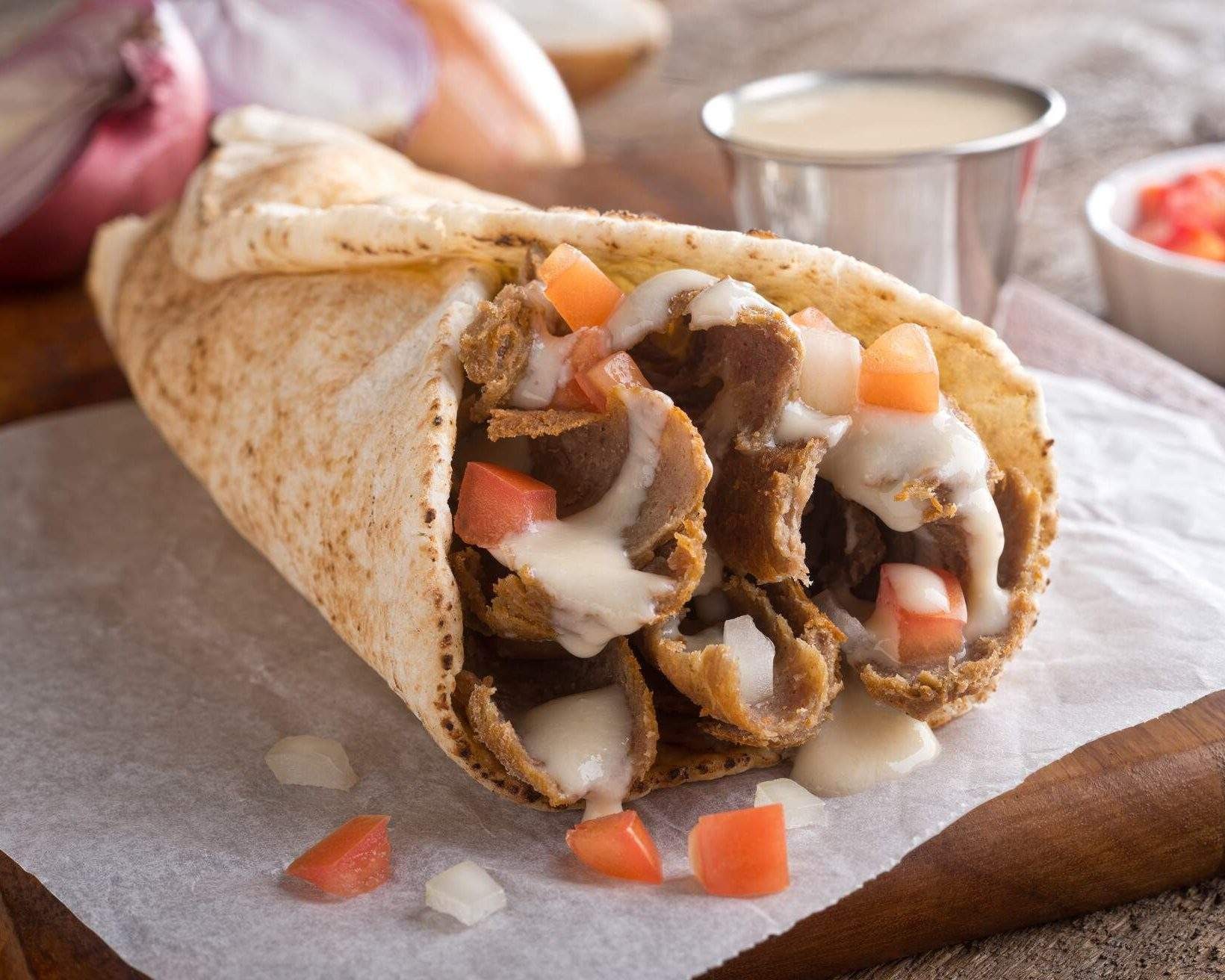
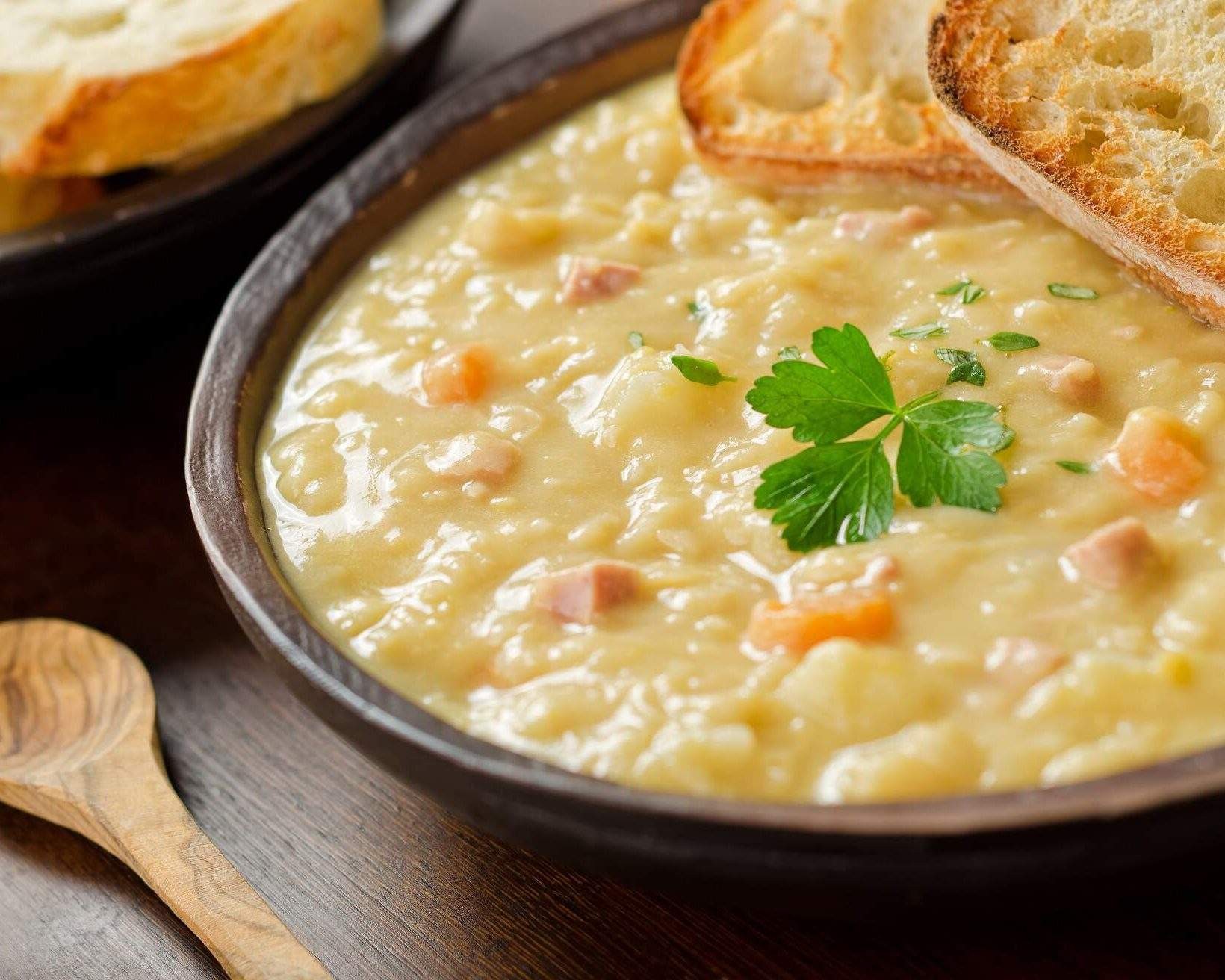

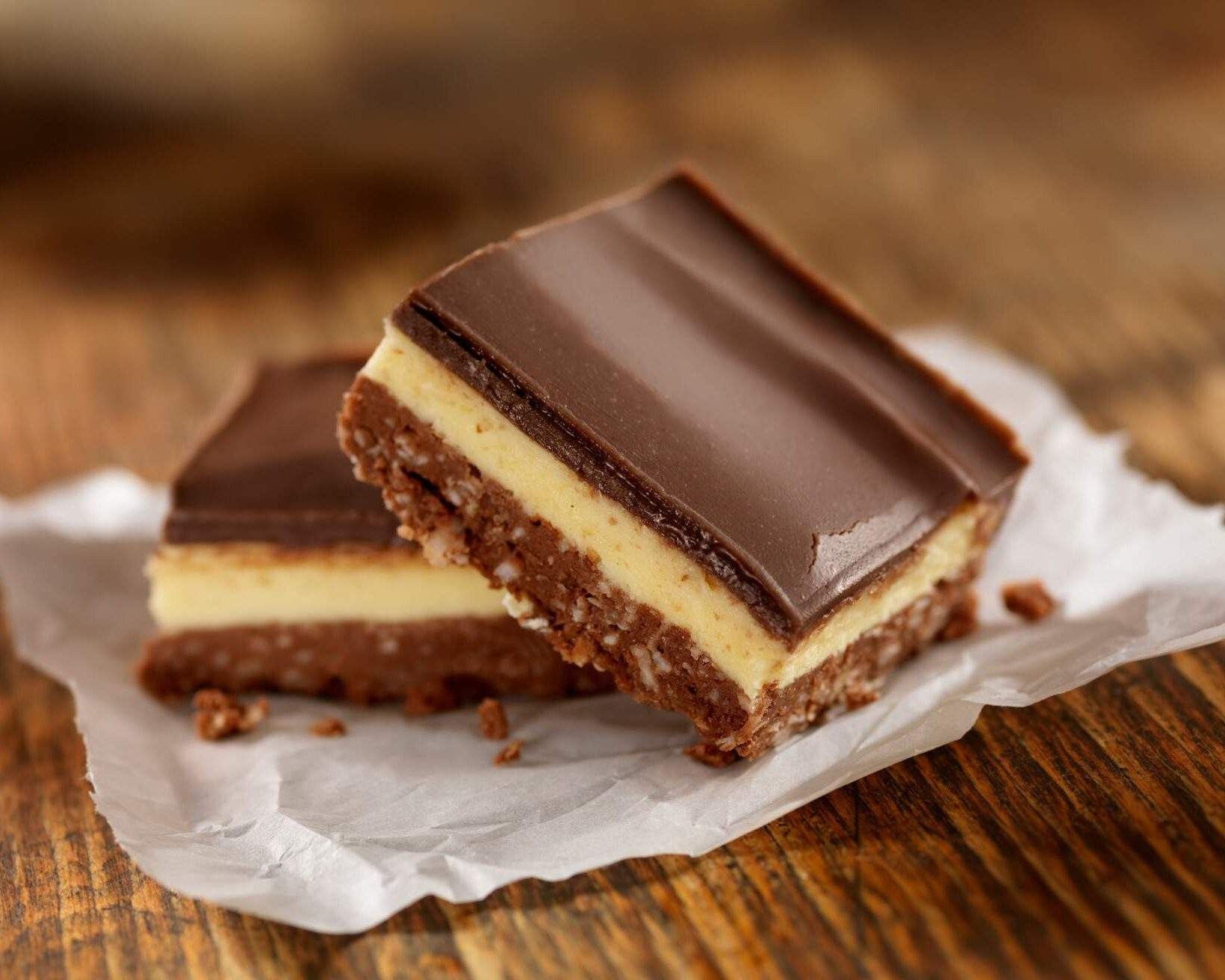

3. Bannock: A Taste of Indigenous Heritage
Bannock is a simple yet versatile flatbread with a rich history in Indigenous cultures. It’s a staple food that has been adapted and enjoyed for generations.
- What It Is: Bannock is traditionally made with flour, water, and fat, then cooked over an open fire or in a pan. Modern variations may include baking powder, salt, and sugar.
- Indigenous Roots: Bannock has been a staple food for Indigenous peoples across Canada for centuries, with each nation having their own unique recipes and cooking methods.
- Variations: Bannock can be baked, fried, or grilled. It can be sweet or savory, served with toppings like jam, berries, or meat.
- Where to Find It: You can find bannock at Indigenous restaurants, cultural centers, and powwows across Canada.
Bannock Cooking Methods and Regional Differences
| Region | Cooking Method | Description |
|---|---|---|
| Plains | Fried | Often cooked in a pan with lard or oil, resulting in a crispy exterior. |
| West Coast | Baked | Can be baked in an oven or over an open fire, producing a dense bread. |
| Northern Canada | Grilled | Cooked over an open fire, giving it a smoky flavor. |
4. Nova Scotia Lobster Roll: Seafood Delight
Nova Scotia, with its stunning coastline, is renowned for its fresh and succulent lobster. The Nova Scotia lobster roll is a must-try for seafood lovers.
- What It Is: A generous serving of cooked lobster meat mixed with mayonnaise, celery, and seasonings, served in a toasted hot dog bun.
- Lobster Trail: Explore the Nova Scotia Lobster Trail, featuring over 45 restaurants and seafood shacks serving up delicious lobster rolls and other lobster dishes.
- Variations: Some lobster rolls include lemon juice, herbs, or even a touch of heat with chili flakes.
- Where to Find It: Lobster rolls are available at seafood restaurants and roadside stands throughout Nova Scotia.
5. Montreal Bagel: A Sweet and Dense Treat
Montreal bagels are distinct from their New York counterparts, known for their sweeter flavor and denser texture.
- What It Is: Montreal bagels are hand-rolled, boiled in honey-sweetened water, and then baked in a wood-fired oven. They are typically smaller and denser than New York bagels.
- Key Differences: Unlike New York bagels, Montreal bagels are sweeter and have a distinct wood-fired flavor.
- Where to Find It: Fairmont Bagel and St-Viateur Bagel are two iconic Montreal bagel shops that have been serving up delicious bagels for decades.
Montreal Bagel vs. New York Bagel: A Comparison
| Feature | Montreal Bagel | New York Bagel |
|---|---|---|
| Size | Smaller | Larger |
| Density | Denser | Lighter |
| Sweetness | Sweeter (boiled in honey water) | Less sweet |
| Baking Method | Wood-fired oven | Conventional oven |
| Typical Toppings | Sesame seeds, poppy seeds | Everything bagel, plain, sesame, poppy |
6. Peameal Bacon: A Toronto Specialty
Peameal bacon, also known as Canadian bacon, is a lean and flavorful pork product that is a Toronto specialty.
- What It Is: Peameal bacon is made from lean pork loin that is trimmed, wet-cured, and then rolled in cornmeal. It is typically sliced and served in a bun as a sandwich.
- Origins: Invented in Toronto in the late 19th century by William Davies, who used crushed yellow peas to preserve pork loins.
- Where to Find It: Carousel Bakery in St. Lawrence Market is famous for its peameal bacon sandwiches.
7. Montreal Smoked Meat: A Deli Classic
Montreal smoked meat is a deli staple, similar to pastrami but with its own unique flavor profile.
- What It Is: Montreal smoked meat is made from beef brisket that is cured in a blend of spices for several days, then smoked and steamed. It is typically served on rye bread with mustard.
- Key Spices: The spice blend typically includes peppercorns, coriander, mustard seeds, garlic, and other aromatic spices.
- Where to Find It: Schwartz’s Deli in Montreal is a legendary institution that has been serving up Montreal smoked meat since 1928.
8. Halifax Donair: A Late-Night Favorite
The Halifax donair is a unique take on the classic doner kebab, and it’s the official food of Halifax, Nova Scotia.
- What It Is: Halifax donair consists of shaved beef cooked on a vertical spit, served in a pita bread with tomatoes, onions, and a sweet garlic sauce.
- Unique Sauce: The sweet garlic sauce is what sets the Halifax donair apart from other doner kebabs. It’s made with condensed milk, vinegar, garlic powder, and sugar.
- Where to Find It: King of Donair is the original home of the Halifax donair, serving up this late-night favorite since 1973.
9. French-Canadian Tourtière: A Savory Meat Pie
Tourtière is a traditional French-Canadian meat pie, often enjoyed during the holidays.
- What It Is: Tourtière is a double-crusted pie filled with ground pork or a mixture of meats, potatoes, onions, and spices.
- Spice Blend: The spices typically include cloves, nutmeg, cinnamon, and savory.
- Where to Find It: Aux Anciens Canadiens in Quebec City is a historic restaurant that serves up authentic tourtière in a charming setting.
10. Split Pea Soup: A Comforting Classic
Split pea soup is a hearty and comforting soup with Quebecois origins.
- What It Is: Split pea soup is made with split peas, ham hock or pork, vegetables, and spices.
- Regional Variations: In Newfoundland and Labrador, it is often made with salt pork and served with doughboys (dumplings).
- Where to Find It: Split pea soup can be found in restaurants and homes across Canada, especially during the colder months.
11. Maple Taffy: A Sweet Winter Treat
Maple taffy, also known as maple syrup on snow, is a classic Canadian sweet treat.
- What It Is: Hot maple syrup is poured over fresh snow, causing it to cool and harden into a taffy-like consistency. It is then rolled onto a popsicle stick and enjoyed.
- Best Time to Enjoy: Maple taffy is typically enjoyed during the winter months, especially at sugar shacks in Quebec.
- Maple Syrup Production: Canada is one of the world’s largest producers of maple syrup, with Quebec accounting for the majority of Canadian production.
Maple Syrup Grades and Flavor Profiles
| Grade | Color | Flavor |
|---|---|---|
| Golden Color | Light | Delicate taste |
| Amber Color | Medium | Rich taste |
| Dark Color | Dark | Robust taste |
| Very Dark Color | Very Dark | Strong taste (for industrial uses only) |
12. Ketchup Chips: A Unique Snack
Ketchup chips are a uniquely Canadian snack that has been a favorite for decades.
- What It Is: Potato chips flavored with a tangy and sweet ketchup seasoning.
- Popularity: Ketchup chips are widely available in Canada but are difficult to find in other countries.
- Flavor Variations: Some brands offer variations such as spicy ketchup or dill pickle ketchup.
13. Saskatoon Berry Pie: A Prairie Delight
Saskatoon berry pie is a delicious dessert made with a unique berry native to the Canadian prairies.
- What It Is: A pie filled with Saskatoon berries, sugar, butter, and spices. Saskatoon berries have a sweet, almond-like flavor.
- Growing Region: Saskatoon berries grow wild in the prairie provinces of Canada.
- Where to Find It: The Berry Barn in Saskatoon is a popular spot for enjoying Saskatoon berry pie and other Saskatoon berry treats.
14. Nanaimo Bars: A No-Bake Dessert
Nanaimo bars are a classic Canadian no-bake dessert with three distinct layers.
- What It Is: A three-layered bar consisting of a coconut-crumb base, a custard filling, and a chocolate ganache topping.
- Origins: Named after the city of Nanaimo, British Columbia, where the recipe is believed to have originated.
- Variations: Some variations include different flavors of custard filling, such as mint or peanut butter.
15. Butter Tarts: A Gooey Pastry
Butter tarts are a classic Canadian pastry, known for their sweet and gooey filling.
- What It Is: A small pastry tart filled with a mixture of butter, sugar, syrup, and eggs.
- Raisins or No Raisins: The addition of raisins to butter tarts is a hotly debated topic among Canadians.
- Butter Tart Trail: Ontario’s Wellington County is home to the Butter Tart Trail, featuring numerous bakeries and shops selling butter tarts.
16. Caesar Cocktail: Canada’s National Cocktail
The Caesar is a uniquely Canadian cocktail, similar to a Bloody Mary but with a distinct savory flavor.
- What It Is: A cocktail made with vodka, clamato juice (a mixture of tomato juice and clam broth), Tabasco sauce, Worcestershire sauce, and spices. It is typically garnished with a celery stick, lime wedge, and a salted rim.
- Key Ingredient: Clamato juice is what sets the Caesar apart from a Bloody Mary.
- Garnish Variations: Caesars can be garnished with a variety of toppings, from simple celery sticks to elaborate creations with onion rings, hot dogs, and even entire meals.
Caesar Cocktail Garnish Ideas
| Garnish | Description |
|---|---|
| Celery Stick | Classic garnish that provides a refreshing crunch. |
| Lime Wedge | Adds a touch of acidity and citrus flavor. |
| Pickled Bean | Adds a tangy and savory element. |
| Onion Rings | Adds a crispy and flavorful element. |
| Bacon Strip | Adds a smoky and salty flavor. |
| Shrimp Skewer | Adds a seafood element and a touch of elegance. |
| Mini Burger | For the ultimate Caesar experience, top it with a mini burger or slider. |
17. Regional Culinary Gems: Beyond the Classics
Canada’s culinary landscape extends far beyond the well-known classics. Each region boasts its own unique specialties and ingredients.
- Atlantic Canada: Seafood chowder, fish and chips, Acadian rappie pie
- Quebec: Tourtière, pea soup, sugar pie
- Ontario: Butter tarts, peameal bacon sandwiches, Niagara wines
- Prairies: Saskatoon berry pie, bison burgers, perogies
- British Columbia: Salmon, seafood, Asian-inspired cuisine
18. The Influence of Indigenous Cuisine
Canadian cuisine would not be what it is today without the influence of the culinary traditions of its Indigenous peoples. Ingredients like wild rice, game meats, and a variety of berries and plants have long been staples in Indigenous diets.
The Role of Wild Rice
Wild rice, or manoomin in Ojibwe, is not actually rice but the seed of an aquatic grass native to North America. It has been a staple food for many Indigenous communities for centuries, providing a nutritious and sustainable source of carbohydrates. Rich in protein, fiber, and minerals, wild rice continues to be an important part of Indigenous cuisine.
Game Meats and Sustainable Hunting
Hunting has always been a vital part of Indigenous cultures, providing sustenance and a connection to the land. Game meats like venison, bison, and moose are rich in protein and nutrients. Indigenous hunters traditionally practice sustainable hunting methods, ensuring the health and abundance of animal populations for future generations.
Berries and Plants
Canada’s diverse landscape is home to a variety of berries and plants that have been used for food and medicine by Indigenous peoples for centuries. Saskatoon berries, cranberries, blueberries, and wild raspberries are just a few examples of the many edible berries that grow across the country. Plants like wild leeks, fiddleheads, and Labrador tea are also important ingredients in Indigenous cuisine.
19. A Modern Take on Tradition: Culinary Innovation
While traditional dishes hold a special place in Canadian cuisine, modern chefs and food enthusiasts are constantly pushing the boundaries of culinary innovation, blending classic flavors with contemporary techniques.
Farm-to-Table Movement
The farm-to-table movement has gained significant momentum in Canada, with chefs increasingly emphasizing the use of locally sourced, seasonal ingredients. This approach not only supports local farmers and producers but also ensures that dishes are made with the freshest and most flavorful ingredients available.
Fusion Cuisine
Canada’s multicultural makeup has led to the emergence of fusion cuisine, where traditional Canadian dishes are combined with flavors and techniques from around the world. Asian-inspired poutine, Indian-spiced tourtière, and Caribbean-infused seafood chowder are just a few examples of the exciting culinary fusions that can be found across the country.
Sustainable Practices
As awareness of environmental issues grows, more and more chefs and restaurants are adopting sustainable practices, such as reducing food waste, using eco-friendly packaging, and supporting ethical and responsible sourcing.
20. The Canadian Culinary Tourism Experience: Exploring Flavors
Culinary tourism has become a major draw for visitors to Canada, offering opportunities to experience the country’s diverse food culture through food festivals, cooking classes, farm tours, and restaurant experiences.
Food Festivals
Canada hosts a variety of food festivals throughout the year, celebrating everything from local seafood to craft beer to maple syrup. These festivals provide a great way to sample a wide range of regional specialties and meet the chefs and producers behind them.
Cooking Classes
Many culinary schools and restaurants offer cooking classes that teach participants how to prepare traditional Canadian dishes and learn about local ingredients. These classes offer a hands-on experience and a chance to take home new skills and recipes.
Farm Tours
Farm tours allow visitors to experience the agricultural side of Canadian cuisine, visiting local farms and learning about how food is grown and produced. Some farms offer hands-on activities, such as harvesting crops or making cheese.
Restaurant Experiences
Canada’s restaurant scene is thriving, with a wide range of dining options from casual eateries to fine dining establishments. Many restaurants focus on showcasing local and seasonal ingredients, offering a taste of the region’s culinary identity.
21. The Future of Canadian Cuisine: Trends and Innovations
As Canada continues to evolve, so too will its cuisine. Several trends and innovations are shaping the future of Canadian food.
Plant-Based Cuisine
With growing awareness of the environmental and health benefits of plant-based diets, there is a growing demand for vegetarian and vegan options in Canada. Chefs are responding with innovative and flavorful plant-based dishes that showcase the diversity of Canadian produce.
Indigenous Culinary Renaissance
There is a growing movement to revitalize and celebrate Indigenous culinary traditions, with Indigenous chefs and entrepreneurs opening restaurants and food businesses that showcase the unique ingredients and flavors of their cultures.
Hyper-Local Sourcing
Some chefs are taking the farm-to-table movement to the next level by sourcing ingredients from their own gardens or from nearby urban farms. This hyper-local approach ensures the freshest possible ingredients and reduces the carbon footprint of the food.
22. From Coast to Coast: A Culinary Journey
Canada’s vast size and diverse geography mean that there is always something new to discover on a culinary journey across the country. From the seafood shacks of the Atlantic coast to the wineries of British Columbia, each region offers a unique and unforgettable food experience. Embark on your culinary adventure with FOODS.EDU.VN as your guide, and discover the true taste of Canada.
FAQ: What Foods Are Canada Famous For?
- What is Canada’s most famous food? Poutine, a dish of French fries, cheese curds, and gravy, is widely considered Canada’s most famous food.
- What is a traditional Canadian breakfast? A traditional Canadian breakfast might include peameal bacon, pancakes with maple syrup, and Montreal bagels.
- What is a popular Canadian dessert? Nanaimo bars, butter tarts, and Saskatoon berry pie are all popular Canadian desserts.
- What is Canada’s national drink? The Caesar cocktail, made with vodka, clamato juice, Tabasco sauce, and Worcestershire sauce, is Canada’s national drink.
- What is peameal bacon? Peameal bacon is a type of Canadian bacon made from lean pork loin that is trimmed, wet-cured, and then rolled in cornmeal.
- What makes Montreal bagels unique? Montreal bagels are hand-rolled, boiled in honey-sweetened water, and then baked in a wood-fired oven, giving them a sweeter flavor and denser texture.
- What is bannock? Bannock is a simple flatbread made with flour, water, and fat that has been a staple food for Indigenous peoples in Canada for centuries.
- What is tourtière? Tourtière is a traditional French-Canadian meat pie filled with ground pork or a mixture of meats, potatoes, onions, and spices.
- Where can I find the best lobster roll in Canada? Nova Scotia is known for its fresh and delicious lobster rolls, which can be found at seafood restaurants and roadside stands throughout the province.
- What are some other popular Canadian snacks? Ketchup chips, maple taffy, and butter tarts are all popular Canadian snacks.
Conclusion: Discover the Flavors of Canada with FOODS.EDU.VN
From iconic dishes like poutine and Montreal smoked meat to regional specialties like Nova Scotia lobster rolls and Saskatoon berry pie, Canada’s culinary landscape is a tapestry of flavors and traditions waiting to be explored. Whether you’re a seasoned foodie or simply curious about Canadian cuisine, we invite you to join us on a culinary adventure at FOODS.EDU.VN.
We offer detailed recipes, expert tips, and fascinating stories about the ingredients, techniques, and cultural influences that shape Canadian food. Visit foods.edu.vn today to discover even more culinary treasures! For more information, contact us at 1946 Campus Dr, Hyde Park, NY 12538, United States, Whatsapp: +1 845-452-9600.

